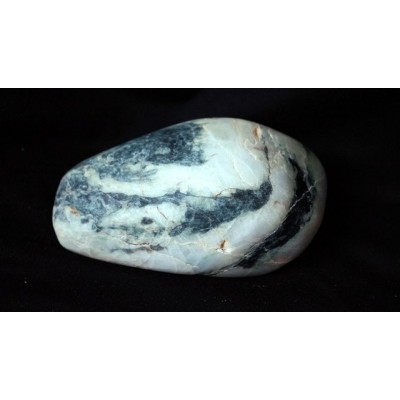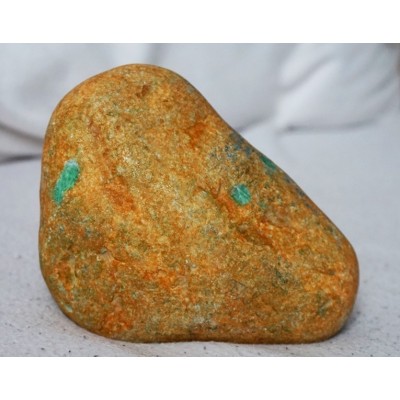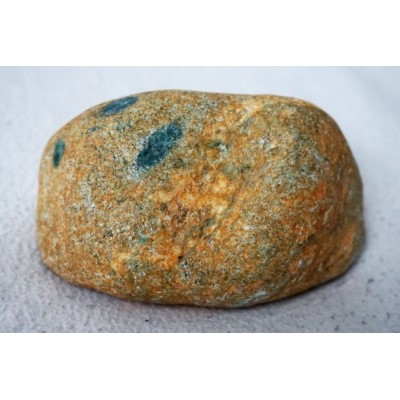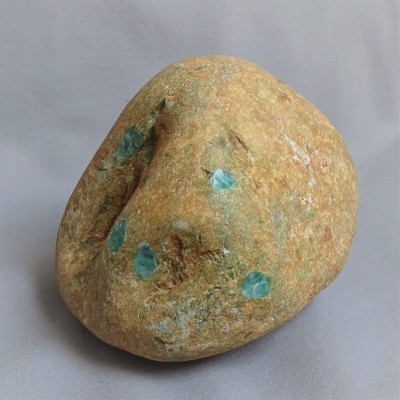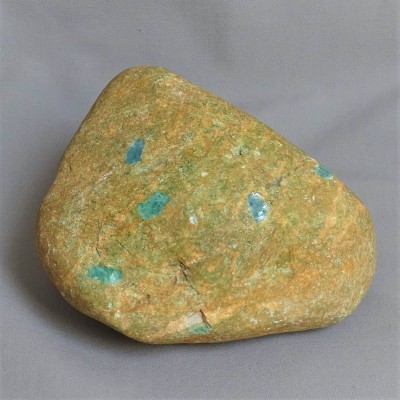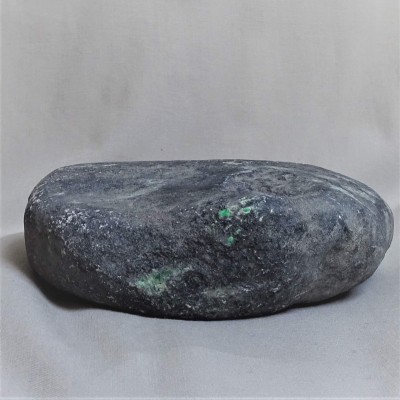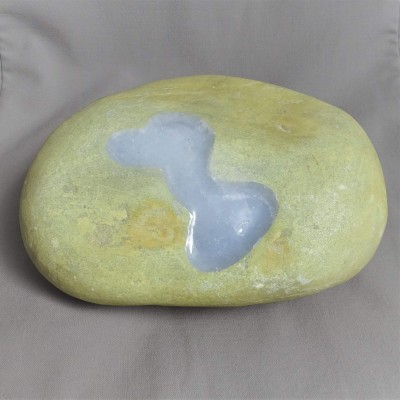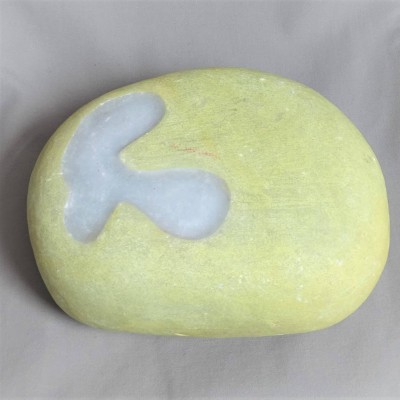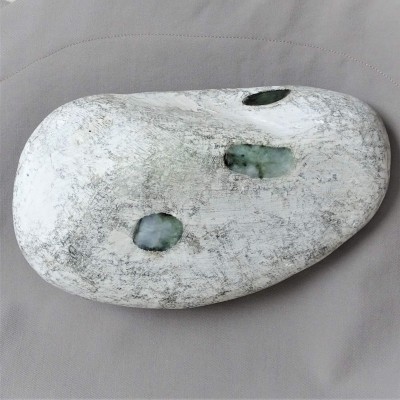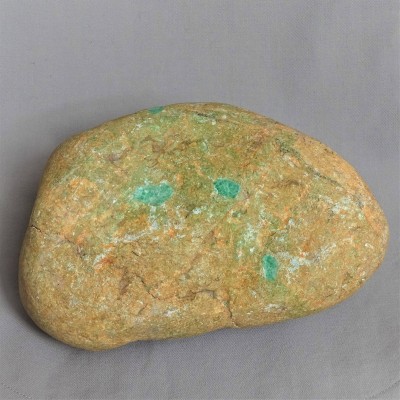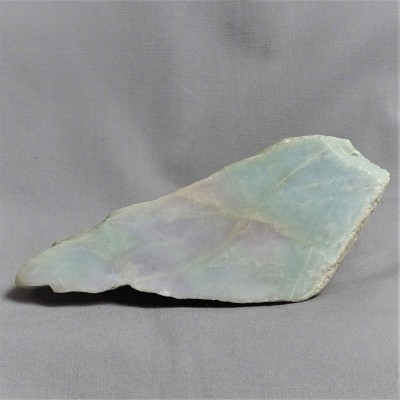- There are no more items in your cart
- Shipping
- Total 0.00 Kč
- Exclusive collection crystals and minerals
- Gemstones (precious stones, semi-precious stones)
- Mineral beads
- Natural raw stones and minerals
- Afghanite
- Agate
- Amber
- Amethyst
- Ametrine
- Andean opal - blue
- Andean opal - pink
- Angelite
- Apatit
- APOPHYLITE, STILBITE, ZEOLITE
- Aquamarine
- Aragonite
- Astrophyllite
- Auralite
- Axinite
- Azurite
- Baryte
- Brazilianite
- Calcite
- Carneol
- Cavansite
- Celestine
- Chalcedony
- Charoite
- Chromdiopside
- Chrysocolla
- CHRYSOCOLLA - MALACHITE - AZURITE
- Chrysopras
- Citrine
- Clinoatacamite
- Cobaltocalcite
- Colombianite
- Copper
- Cyanite
- Danburite
- Diopside
- Dioptase
- Dolomite
- Dumortierite
- Emerald
- Eudialyte
- Fluorite
- Garnet
- Grape chalcedony
- Hackmanite
- Heliodor (golden beryl)
- Hemimorphite
- Hidennite
- Iolite / cordierite
- Jade
- Jasper
- K2 - Azurite in granite
- Kunzite
- Labradorite
- Lapis lazuli/lazurite
- Larimar
- Lemurian quartz
- Libyan desert glass
- Lodolite (quartz crystal with inclusions)
- Malachite
- Meteorite
- Moldavite
- Moonstone/adularia
- Moqui marbles
- Morganite
- Natural mussels (freshwater mussels)
- Nefrite
- Nuummite
- Obsidian
- Olivine (peridote)
- Opal - dendritic (merlinite)
- Opal Ethiopian
- Petalite
- Phosphosiderite
- Pietersite
- Pollucite
- Prehnite
- Pyrite
- Quantum quattro
- Quartz - cut or polished
- Quartz/crystal - raw
- Rhodochrosite
- Rhodonite
- Rosequartz
- Rubelit/red tourmaline
- Ruby
- Ruby in zoisite
- Sagenit (Venus hair)
- Sapphire
- Scoryl
- Selenite
- Seraphinite
- Shungite
- Skapolite
- Smoky quartz
- Smokyquartz with rutile
- Sphalerite
- Spinel
- Sunstone
- Sunstone with iolite
- Superseven (Super 7)
- Tanzanite
- Tektite
- Tektite Agni Manitite
- Thulit
- Tiger´s eye
- Titanite/sphene
- Topaz
- Tourmaline
- Triplite
- Tugtupit
- Turquoise
- Vanadinite
- Vesuvianite (Idokras)
- Zircon
- Original handmade jewelry
- Pendants
- Abalone/Paua shell
- Aquamarine
- Astrophyllite
- Azurite-malachite-chrysocol
- Cavansite
- Charoite
- Chrysoprase
- Dendritic opal
- Ethiopian opal pendant
- Eudialyte
- Kunzite and hiddenite
- Labradorite
- Larimar
- Malachite
- Moldavite
- Moonstone (adularia) pendant
- Morganite
- Nuummite
- Obsidian
- Pietersit
- Rhodochrosite
- Ruby
- Sagenit
- Seraphinite
- Sugilite
- Sunstone
- Turquoise
- Pendants
- Sales
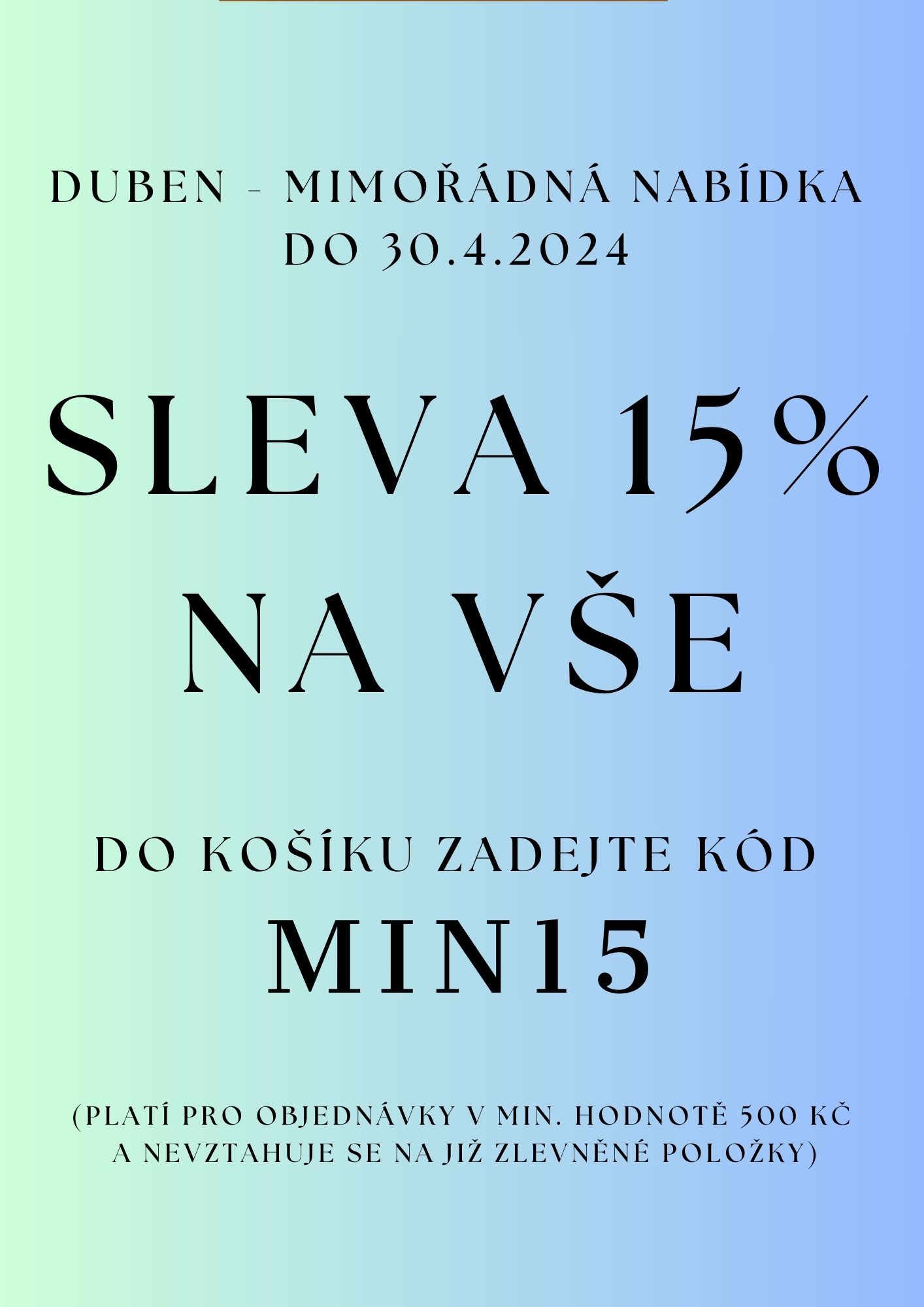

Jade
Jadeite is a monoclinic mineral, the chemical formula of Na (AlFe3 +) (Si2O6). According to Strunz classification 9.DA.25 - silicates from pyroxene group. The name of the mineral comes from the Spanish word piedra de ijada, which means kidney stone or lumbar stone for its alleged healing ability. The Spaniards began to encounter this mineral on the aggressive routes to Central America. Later, the name was abbreviated on jade, from which jadeite originated. It is formed during low-temperature high-pressure metamorphosis in sodium-rich serpentinite rocks, in eclogites, in jadeites, glaucophanites and occasionally in metagabras. Pseudomorphosis after jade, serpentine, is also known. Mineral is white, gray, green, gray-green, rarely green-blue to violet. The scratch is white, greasy to vitreous, it is opaque, but shines on the edges.
Jadeit is and has been widely used for the production of statuettes and small aesthetic items, as it is very easy to process. Jadeite Olmec, for example, made ritual items and jadeite was more valuable to them than gold and other gems.
The stone was used to make death masks, weapons, jewelry and jade pearls, stones and balls. The stones and balls embedded in the statues were the heart of the Aztecs, and in the mouth of the deceased they were a symbol of life-cycle renewal, rebirth. For the New Zealand Maori and their related Moriors from the Chatham Islands, jade and jade, known as pounamu, is a sacred stone used to make ancestral statues, ornaments, amulets, and in the past weapons. The best quality jade used for carving is the so-called imperial jade, which originates mainly from Burma and which began to reach China in the 18th century. Jadeite is sporadically found in Chan-era finds, but his fame begins in the 18th century when he began to replace the stones of the old era, nephrites from Taiwan, the Kun-Lun Mountains and Sayan or Mongolia. Jade is green, pink, gray-blue, white, black, yellowish and orange-brown, a crust of jade. The imperial jade is a highly sought after and valued stone in the field of Chinese culture, the price of which compares to the best emeralds and even surpasses them in color. In the Euro-American region, jade is not so popular, even though it has been more and more set in jewelry with diamonds since the Art Deco style. The emerald jade of emerald green is followed by other, albeit cheaper shades. In China, the imperial jade is also an investment stone. In Europe, jade is mistaken for jewels (jade, jade), vendors sell colored jade, serpentines, aventurines and other minerals instead of jade. This gives the impression of cheap and easy availability of gemstone jade of all colors. Cheaper, commercial raw material is used for carvings of statuettes and figurines. Burmese jade is the most precious, Kazakh and Ural jade followed after Burmese jade.

